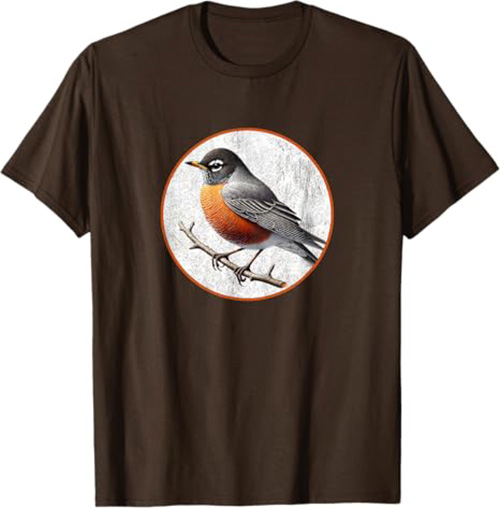American Robin
American Robin (Turdus migratorius) is one of the most familiar and beloved birds in North America—a true symbol of changing seasons and the joyful return of spring. With its warm orange-red breast, bright yellow bill, and cheerful song, the American Robin brings color, music, and energy to yards, gardens, and parks across the continent.
Despite its everyday presence, the robin is anything but ordinary. It belongs to the thrush family, known for rich, melodious voices—and the robin’s song is one of the most uplifting sounds in nature. Males sing from treetops and rooftops, especially at dawn and dusk, delivering a sweet, rolling tune that has become a soundtrack of early mornings.
Robins are active and curious, often seen hopping across lawns with heads tilted, listening for worms beneath the soil. They have a keen sense of hearing and vision, and when they find a meal, they strike quickly with precision. Their diet is a mix of earthworms, insects, and berries, making them adaptable and resilient across urban and wild landscapes.
During breeding season, robins build neat, cup-shaped nests from grass and mud, often tucked into tree branches or under the eaves of buildings. Their sky-blue eggs are instantly recognizable and have become iconic symbols of new life and rebirth.
Highly migratory, American Robins range from the frozen north to the sunny south, adjusting their behavior to the seasons. In winter, they gather in large flocks and feast on fruit, becoming more secretive, only to reappear as lively soloists once spring arrives.
Symbolizing hope, renewal, and the rhythms of everyday nature, the American Robin is a bird that connects people to the seasons—and to the simple beauty of the world right outside the window.


